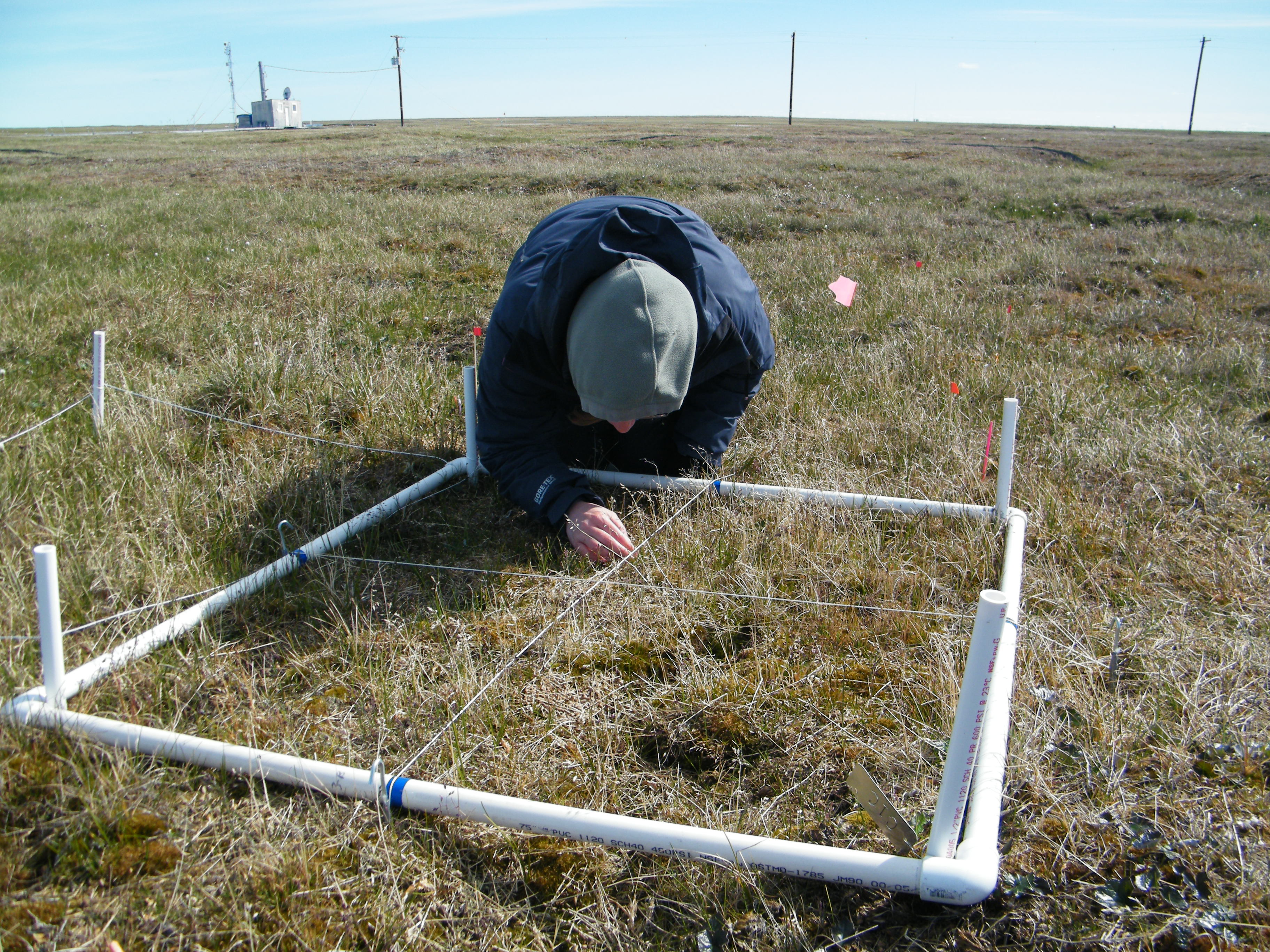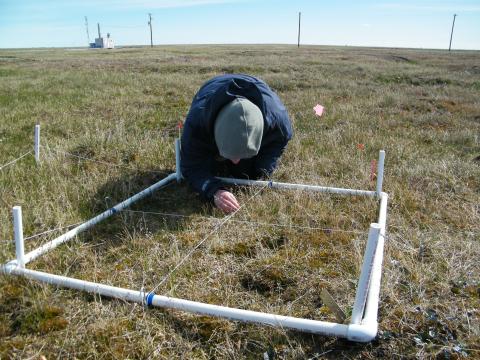The Arctic-Boreal Vulnerability Experiment (ABoVE) is a NASA Terrestrial Ecology Program field campaign currently underway in Alaska and western Canada. ABoVE seeks a better understanding of the vulnerability and resilience of ecosystems and society to this changing environment.
Three data sets were recently published providing data collected at various study locations in Alaska. These data were provided by the Alaska Arctic Geoecological Atlas (http://agc.portal.gina.alaska.edu/), which provides access to existing Arctic vegetation plot and map data in support of the ABoVE campaign.
Pre-ABoVE: Vegetation, NDVI, Snow and Thaw Depths, in North Slope, Alaska and NWT, CA
This dataset includes vegetation cover maps, Normalized Difference Vegetation Index (NDVI) maps, snow depth and thaw depth data that were obtained as part of a biocomplexity project on the North Slope of Alaska, USA, and the Northwest Territories (NWT), Canada.
Data Citation
Walker, D.A. 2017. Pre-ABoVE: Vegetation, NDVI, Snow and Thaw Depths, in North Slope, Alaska and NWT, CA. ORNL DAAC, Oak Ridge, Tennessee, USA. https://doi.org/10.3334/ORNLDAAC/1386
Pre-ABoVE: Vegetation Types and Physiographic Features, Imnavait Creek, Alaska
This dataset provides the spatial distribution of vegetation types, soil carbon, and physiographic features in the Imnavait Creek area, Alaska.
Data Citation
Walker, D.A. 2017. Pre-ABoVE: Vegetation Types and Physiographic Features, Imnavait Creek, Alaska. ORNL DAAC, Oak Ridge, Tennessee, USA. https://doi.org/10.3334/ORNLDAAC/1385
Pre-ABoVE: Arctic Vegetation Plots at Barrow, Alaska, 2012
This data set provides vegetation cover and environmental plot data collected on the Barrow Environmental Observatory (BEO), Barrow, Alaska in 2012.
Data Citation
Sloan, V.L., D.A. Walker, A.L. Breen, and L.A. Druckenmiller. 2017. Pre-ABoVE: Arctic Vegetation Plots at Barrow, Alaska, 2012. ORNL DAAC, Oak Ridge, Tennessee, USA. https://doi.org/10.3334/ORNLDAAC/1505
Data center: ORNL DAAC Sponsor: NASA EOSDIS
Data center: ORNL DAAC Sponsor: NASA EOSDIS


